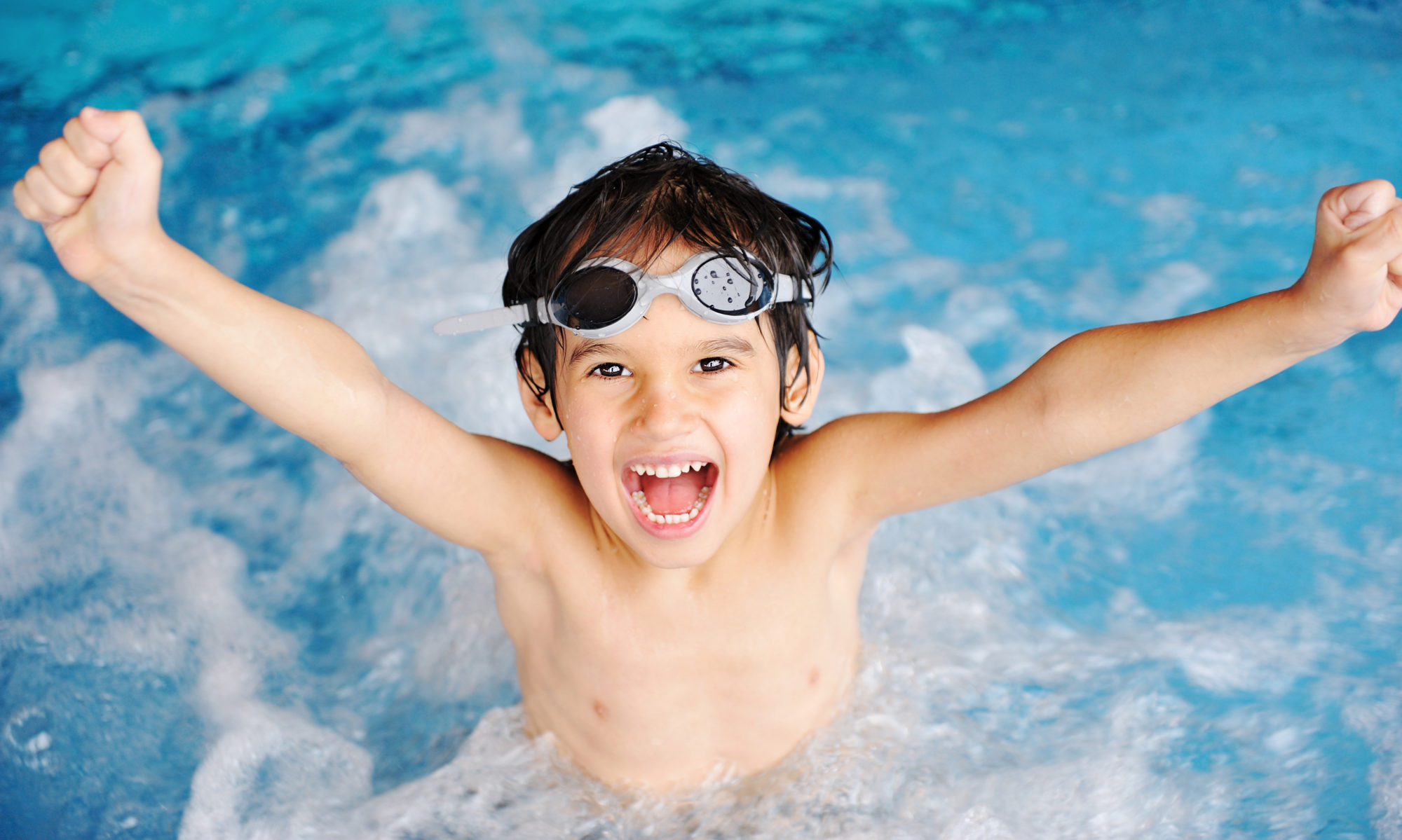If you’ve already read Stage 1 and Stage 2 of How to Teach the Back Float, you’ve almost finished teaching your kids this swimming skill. (If not, there’s no time like the present to check out those posts.) Here’s how to teach your kids to master floating on their backs.
Mastering the Back Float
As your child feels comfortable, gradually move your body so that you’re providing support only with your hands on his head. Don’t remove this support too fast. Your child’s first reaction to feeling insecure will be to try to sit up, which makes floating impossible.
The part of the face that should be sticking out during floating is really small. The water should come almost to the outer corners of the eyes. Once he feels comfortable floating without moving his body too much, have him focus on the position of his head and face. Ask him to concentrate on feeling the water lapping against his cheeks and touching his forehead and the outside corners of his eyes.
